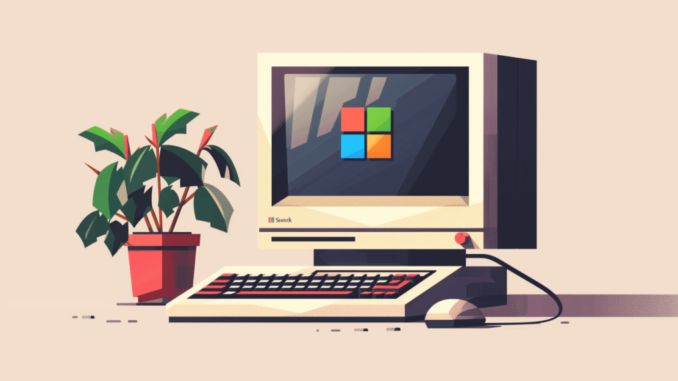
Join our daily and weekly newsletters for the latest updates and exclusive content on industry-leading AI coverage. Learn More
Microsoft has launched Drasi, a new open-source data processing system designed to simplify the detection and reaction to critical events in complex infrastructures.
This release follows last year’s launch of Radius, an open application platform for the cloud, and further cements Microsoft’s commitment to open-source innovation in cloud computing.
Mark Russinovich, CTO and Technical Fellow at Microsoft Azure described Drasi as “the birth of a new category of data processing system” in an interview with VentureBeat.
He explained that Drasi emerged from recognizing the growing complexity in event-driven architectures, particularly in scenarios like IoT edge deployments and smart building management.
From complexity to clarity
“We saw massive simplification of the architecture, just incredible developer productivity,” Russinovich said, highlighting Drasi’s potential to reduce the complexity of reactive systems.
Drasi works by continuously monitoring data sources, evaluating incoming changes through predefined queries and executing automated reactions when specific conditions are met.
This approach eliminates the need for inefficient polling mechanisms or constant data source querying, which can lead to performance bottlenecks in large-scale systems.
The system’s key innovation lies in its use of continuous database queries to monitor state changes. “What Drasi does is takes that and says, I just have a database query… and when an event comes in… Drasi knows, ‘Hey, part of this query is satisfied,’” Russinovich explained.
Open-source synergy
Microsoft’s decision to release Drasi as an open-source project aligns with its broader strategy of contributing to the open-source community, particularly in cloud-native computing.
This strategy is evident in the recent launch of Radius, which addresses challenges in deploying and managing cloud-native applications across multiple environments.
“We believe in contributing to the open-source community because… many enterprises are making strategies that are, especially around Cloud Native Computing, centered on open-source software and open governance,” Russinovich said.
The Azure Incubations team, responsible for both Drasi and Radius, has a track record of launching successful open-source projects including Dapr, KEDA and Copacetic. These projects are all available through the Cloud Native Computing Foundation (CNCF).
While Radius focuses on application deployment and management, Drasi tackles the complexities of event-driven architectures. Together, these tools represent Microsoft’s holistic approach to addressing the challenges faced by developers and operations teams in modern cloud environments.
Drasi’s continuous queries usher in a new era of reactive systems
Looking ahead, Russinovich hinted at the possible integration of Drasi into Microsoft’s data services. “It looks like it’ll probably slot into our data services, where you have Drasi integrated into Postgres database or Cosmos DB, or as a standalone service that integrates across these,” he said.
The introduction of Drasi could have significant implications for businesses grappling with the complexities of cloud-native development and event-driven architectures. By simplifying these processes, Microsoft aims to enable organizations to build more responsive and efficient applications, potentially leading to improved operational efficiency and faster time-to-market for new features.
As with Radius, Microsoft is actively seeking feedback from partners and early adopters to refine Drasi and address any scaling, performance, or security concerns that may arise in production environments. The true test for both tools will be their adoption and performance in real-world scenarios across various cloud providers and on-premises environments.
As businesses increasingly rely on cloud-native applications and real-time data processing, tools like Drasi and Radius could play a crucial role in managing the growing complexity of modern software systems.
Whether Drasi will indeed establish itself as a new category of data processing system, as Russinovich suggests, remains to be seen, but its introduction marks another significant step in Microsoft’s ongoing efforts to shape the future of cloud computing through open-source innovation.





Be the first to comment